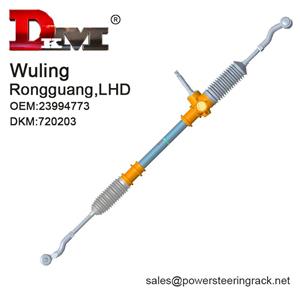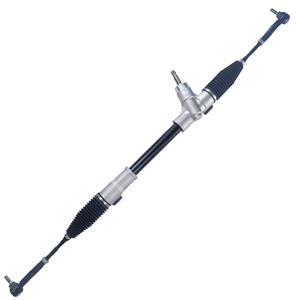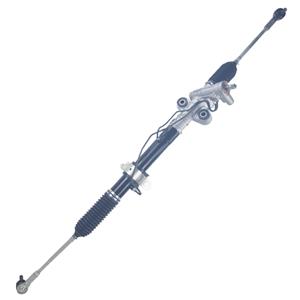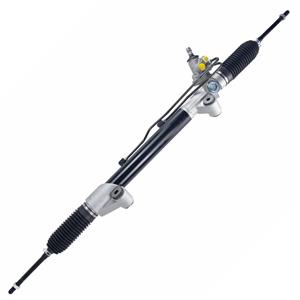-
Steering becomes difficult If the electric power steering rack is damaged, one of the most obvious manifestations is that the steering wheel becomes difficult to turn. This is because the motor cannot provide normal power assistance, and the driver needs to rely on more force to complete the steering operation.
-
When the electric power steering system fails, the driver may immediately feel that the steering wheel becomes very heavy, especially when driving at low speed or parking. This phenomenon is particularly obvious.
-
In general, the impact of the failure of the electric power steering rack on the vehicle's controllability after the loss of power assistance is more direct and serious, and it is usually more dangerous. Therefore, car owners need to attach great importance to the maintenance and inspection of the electric power steering rack.
-
In the first few generations of Buick LaCrosse models, Buick chose the hydraulic power steering system. With the continuous advancement of automobile technology, the electric power steering system has gradually become mainstream, and Buick LaCrosse has also followed this trend.
-
The ECU is the control center of the entire electric power steering system. If the ECU is suspected to be faulty, the fault code can be read through the vehicle diagnostic system. Modern cars are usually equipped with an on-board diagnostic system (OBD-II) that can help technicians quickly identify problems in the ECU.
-
The electric power steering gear does not need to use steering oil. The electric power steering gear is completely powered by electronic components and electric motors, and no longer relies on hydraulic pumps and hydraulic pipelines, so it does not require hydraulic oil for lubrication or power.
-
After turning off the power, it is recommended to wait a few minutes to ensure that the electric steering system is completely powered off. This step is critical to the smooth progress of the reset process and ensure that the electronic control unit (ECU) inside the system no longer retains any cache or error codes.
-
0404-2025
How to solve the EPS failure of the car?
If the EPS warning light is on, it is recommended to use a car diagnostic instrument to read the fault code. The fault code can help determine the specific cause of the fault and guide the maintenance personnel to prescribe the right medicine.
-
Electric power steering system (EPS) is one of the most commonly used steering system types in the world. Unlike traditional hydraulic power steering system, electric power steering system directly provides steering assistance through electric motor.
-
General Motors has used hydraulic power steering technology on many classic models, such as Chevrolet, Cadillac and other brands, but General Motors has gradually applied electric power steering technology to many of its models since around 2010.




